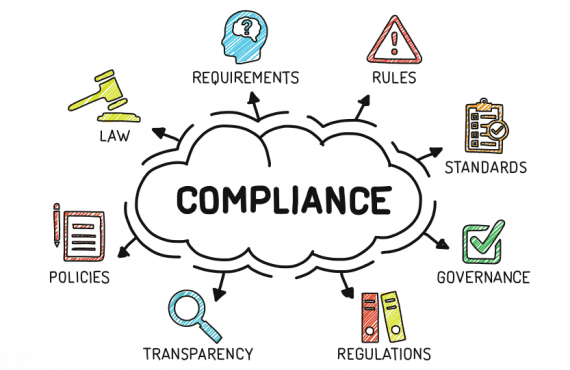With Immigration and Customs Enforcement (ICE) increasing actions to curb unauthorized immigration into the United States (three times as many officers in 2018), employers must adjust to increased oversight and scrutiny when hiring new employees.
XpertHR has provided several best practices tips for employers to achieve full compliance under significant immigration enforcement expansion. These best practices include:
* Understanding the requirements under the Immigration Reform and Control Act (IRCA)
* Reviewing each section of the I-9 form
* Identifying who must complete the form and who is not required to complete the form
* Knowing how to treat individuals under the Deferred Action for Childhood Arrivals program (DACA)
* Avoiding discrimination during the I-9 process
Passed in 1986, the IRCA prohibits employers from hiring and employing an individual for employment in the U.S. when aware that the individual is not authorized with respect to such employment. Moreover, the IRCA prohibits employers from hiring any individual, including U.S citizens, for employment in the U.S without verifying his or her identity and employment authorization on the I-9 Form.
The I-9 form allows employers to obtain authorization that their employees are able to legally work in the United States. Each section of the I-9 form should be reviewed by employers.
Section 1, to be completed no later than the employee’s first day of work, includes the employee’s verification that he or she is a U.S citizen or national, a foreign national with authorization to work in the U.S, or a lawful permanent resident.
Section 2 contains an employer’s verification that the employee has provided proper documents authorizing the individual’s eligibility to work. Please note the I-9 form cannot be included in any job application packet.
Section 3 can be filled out when re-verifying work authorization status. For example, Section 3 would be filled out when a former employee returns to work for the same employer within 3 years.
Those that are hired after November 6th, 1986 (when the IRCA was enacted) are required to fill out an I-9 form. Additionally, former employees who return to work after 3 years after the original hire date must fill out an I-9 form.
Individuals who are not required to fill out an I-9 form include independent contractors (unless the employer is aware the independent contractor is not authorized to work in the United States), B-1 domestic servants, individuals hired before November 7th, 1986, and employees not physically working in the United States.
As the requirements for the I-9 evolve, employers must stay on top of all significant changes to avoid fines and/or criminal charges. For example, employers should keep abreast of all changes involving DACA, Temporary Protected Status (TPI), and specifically any legal developments that impact compliance expectations during the hiring process.
Additionally, employers should take several precautions in order to avoid any acts of discrimination during the hiring process. Specifically, employers should not request additional forms beyond what is required by the I-9 form. Additionally, employers should not verify employment eligibility without first receiving an acceptance of the job offer from the applicant.
In order to avoid potential civil and/or criminal penalties, employers should implement compliance programs geared toward properly fulfilling each requirement specified by the I-9 form. Managers involved in hiring activities should be properly trained on completing I-9 forms as well.
The current focus on higher levels of oversight and enforcement increase the necessity for employers to be fully aware of their legal responsibilities. Employers can go to https://www.uscis.gov/ for more information on best practices during the I-9 process.
Sources: http://img.en25.com/Web/XpertHRUS/%7B25db72d1-9f7e-43dc-96b9-6a4afa2e0ba9%7D_FC0148_XHR_201805_Form_I-9_Pitfalls.pdf?elqTrackId=ceaead4a6807404bbfc8a9365eada6cf&elqaid=295&elqat=2
https://www.uscis.gov/i-9-central/handbook-employers-m-274












































